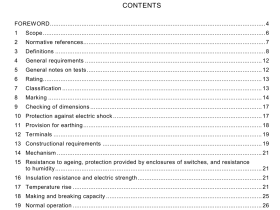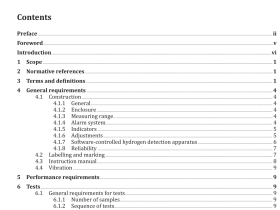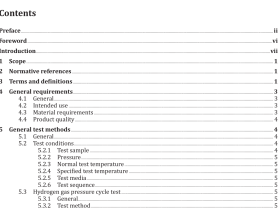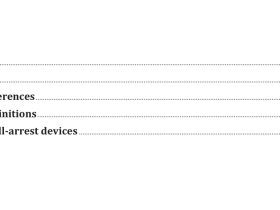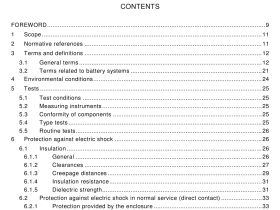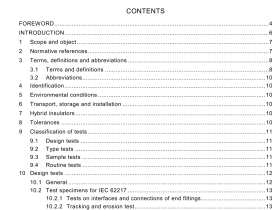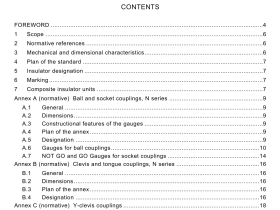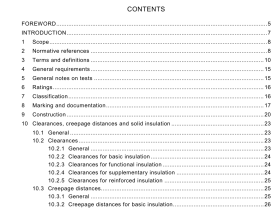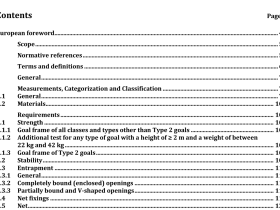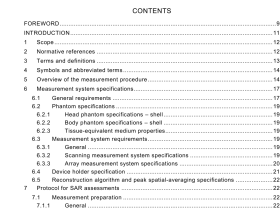AS 2809.1 pdf download
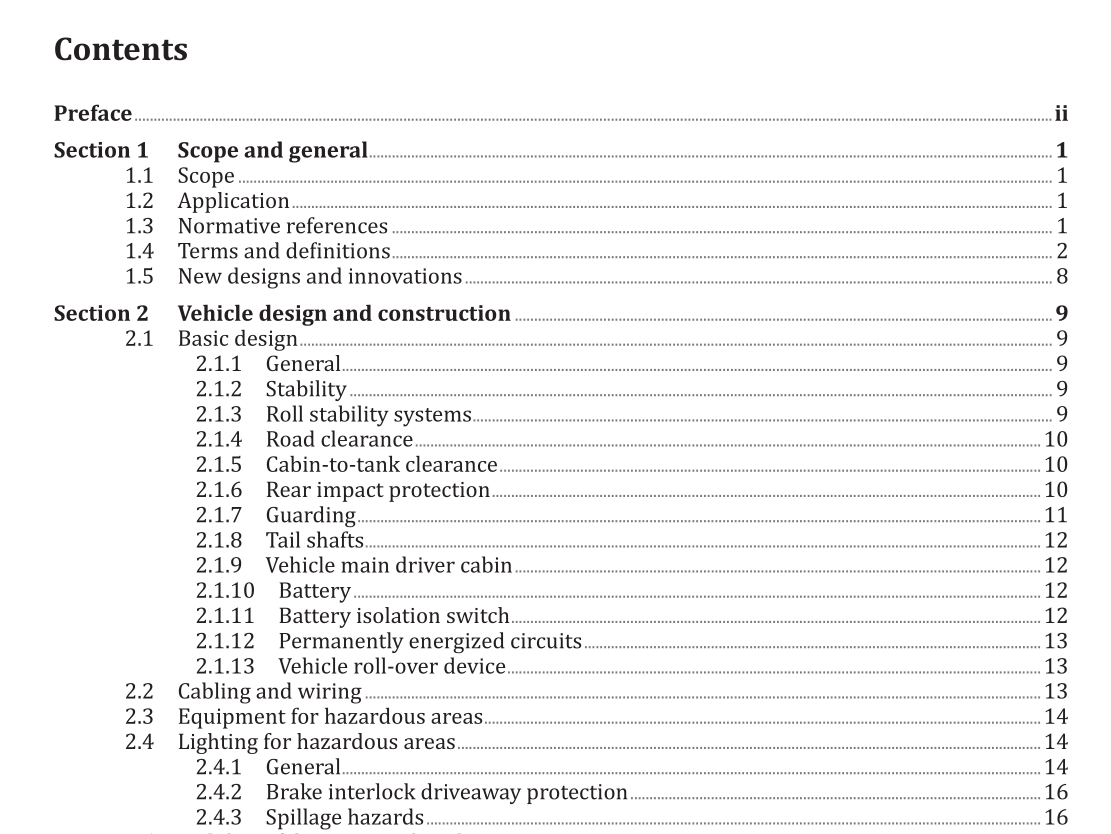
AS 2809.1 pdf download.Road tank vehicles for dangerous goods
1.1 Scope
This Standard specifies general requirements for the design, construction, testing, maintenance and inspection of road tank vehicles, irrespective of the cargo, that are intended for the road transport of dangerous goods. The Standard deals with vehicles that are designed and constructed specifically as road tank vehicles. This Standard is applicable also to conventional vehicles that carry portable or demountable tanks which are filled or discharged while on the vehicle and as a consequence are deemed to be a road tank vehicle for the purposes of the AS 2809 (see Note 1). NOTE 1 This does not include single filling or discharge of a portable tank in intermodal service. NOTE 2 The general vehicle and safety requirements are regulated by the Australian Design Rules (ADR) for motor vehicles issued by the Australian Commonwealth Government; these rules are outside the scope of this Standard. NOTE 3 Throughout this Standard the term “road tank vehicle” is used and has the same meaning as “tanker”.
1.2 Application
Road tank vehicles intended for the transport of dangerous goods shall conform with this Standard, and with such other parts of the AS 2809 series as relevant to the hazards of the particular cargo. Where a cargo has two characteristics, e.g. flammable and toxic and, or where a road tank vehicle is switched from one cargo to another, the requirements of all relevant parts shall apply.
1.4 Terms and definitions
For the purposes of this Standard, the definitions in the Australian Code for the Transport of Dangerous Goods by Road and Rail (ADG Code) and the following definitions apply. 1.4.1 approved, approval approved by, or approval by, an authority 1.4.2 Australian Design Rules ADRs national standards for vehicle safety, anti-theft and emissions 1.4.3 authority authority having statutory (legal) control over a particular aspect of a road tank vehicle 1.4.4 auxiliary engine engine that is additional to the main propulsion engine of the road tank vehicle 1.4.5 baffle transverse device which is not liquid-tight, which limits the surge of contents and which can provide circumferential reinforcement 1.4.6 bitumen-based products residual bitumen, polymer modified bitumen, cutback bitumen, tar, and bitumen emulsion 1.4.7 bulkhead transverse closure forming a liquid-tight division between adjacent compartments of a tank and which can provide circumferential reinforcement 1.4.8 bumper system all structural elements used to protect the tank in the event of a rear collision Note 1 to entry: This can include the rear underrun protection device, subframe, drum tray etc. 1.4.9 capacity as defined in the ADG Code 1.4.10 cargo load to be transported in the tank 1.4.11 cargo-carrying component any component that holds or transfers cargo Note 1 to entry: Examples of a cargo-carrying component are: cargo tank, cargo pipe-work, cargo pump, cargo- meter, cargo air eliminator, cargo hose-reel and hose, cargo jumper/bridger hose. A cargo hose is considered a cargo-carrying component only when connected to a cargo-carrying component. 1.4.12 cargo transfer movement of cargo into or from the road tank vehicle 1.4.13 centroid of the tank position defined by the geometrical centre of the tank capacity, independent of all masses including tank mass, payload mass etc 1.4.14 cleaning ring ring used in the attachment of a bulkhead to a tank shell, and having the annular space vented and drained 1.4.15 compartment liquid-tight division of a tank 1.4.16 competent person person who has acquired through training, qualification or experience, or a combination of these, the knowledge and skills enabling that person to perform the task required 1.4.17 compressed gas any permanent gas enclosed under such conditions that its gauge pressure exceeds 170 kPa when its temperature is 15 °C, or any liquefied gas, as hereunder defined, within a closed container 1.4.18 compressed liquefied gas gas which on the application of pressure liquefies at normal ambient temperatures, and which is Class 2 dangerous goods as defined in the ADG Code 1.4.19 corrosive material Class 8 dangerous goods as defined in the ADG Code
